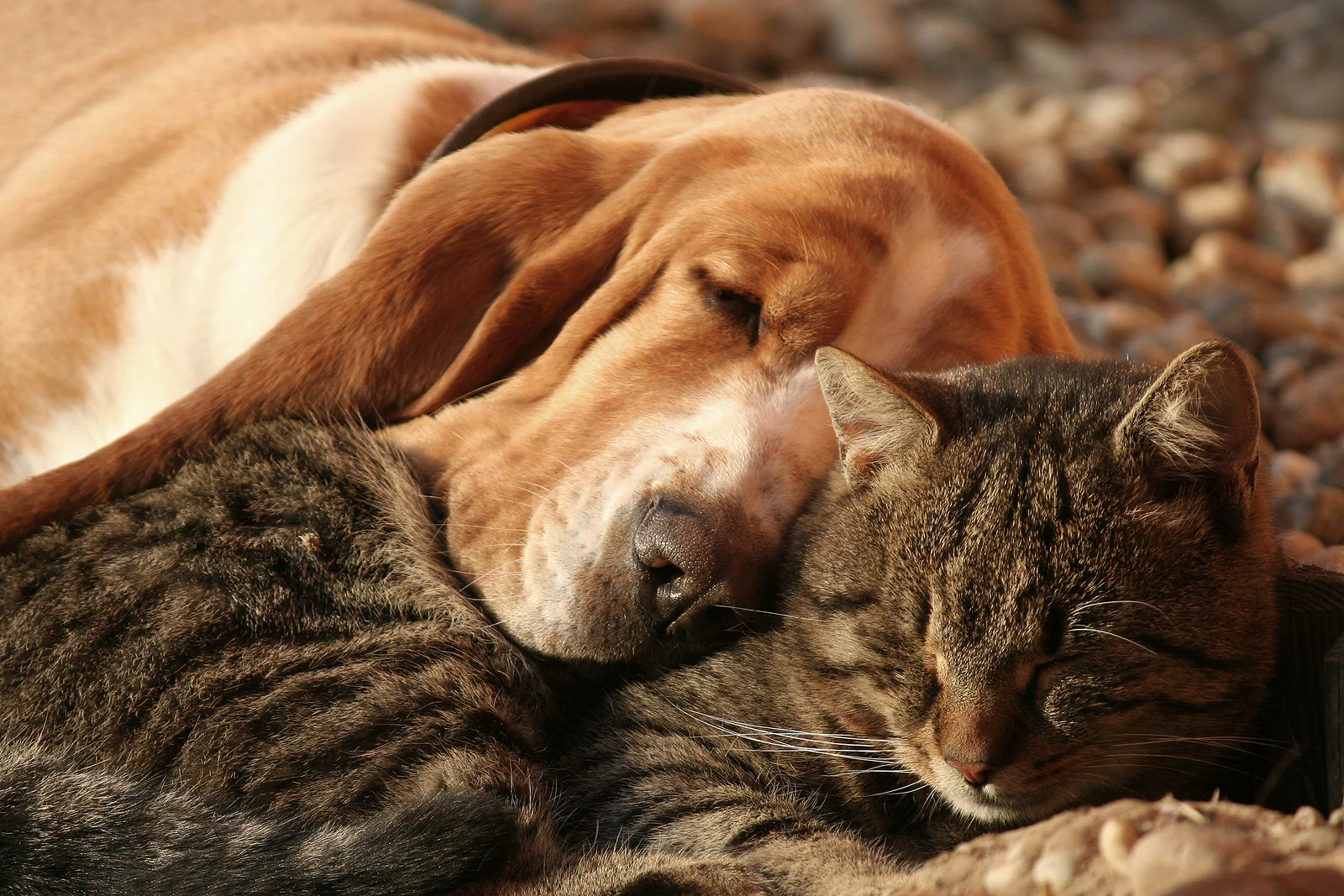
The Relationship Between Dogs and Cats
Dogs and cats are two of the most popular pets worldwide. While they are both beloved companions, their relationships with humans and each other differ significantly. This article explores the unique dynamics between dogs and cats, shedding light on their interactions, common stereotypes, and ways in which they can coexist harmoniously.
- Historical Background: Dogs and cats have a long history of cohabitation with humans. Dogs were domesticated thousands of years ago and have been working alongside humans as loyal companions and helpers. Cats, on the other hand, were initially valued for their hunting abilities and eventually became cherished pets. Their distinct roles in human society have shaped their relationships differently.
- Communication Styles: Dogs and cats communicate in contrasting ways. Dogs are highly social animals, relying heavily on body language, vocalizations, and tail wagging to express their emotions and intentions. Cats, being more solitary creatures, communicate more subtly through body postures, tail flicks, and purring. Understanding these differences is crucial to fostering positive interactions between them.
- Stereotypes and Misconceptions: There are numerous stereotypes associated with dogs and cats. Dogs are often seen as friendly, loyal, and playful, while cats are considered independent, aloof, and mysterious. While these stereotypes may hold some truth in certain individuals, it’s essential to recognize that each dog and cat has its own unique personality. Generalizing their behavior can lead to misunderstandings.
- Coexistence Strategies: Introducing a dog and a cat requires patience and careful planning. Slow, supervised introductions, using scent exchange and visual barriers, can help establish a positive association between the two. It’s vital to provide separate spaces and resources for each pet, allowing them to have their own territories and avoid potential conflicts. Positive reinforcement training techniques can also help shape their behavior and strengthen the bond between them.
- Benefits of a Dog-Cat Relationship: Despite their differences, dogs and cats can form strong bonds with each other. These relationships can provide companionship, entertainment, and even emotional support for both pets. Dogs often display protective instincts towards their feline counterparts, while cats may appreciate having a constant companion who can offer warmth and security.
- Case Studies and Personal Experiences: Sharing real-life stories of successful dog-cat relationships can illustrate the potential for harmonious coexistence. These anecdotes can highlight the various strategies employed by pet owners to facilitate positive interactions, promote understanding, and overcome initial challenges.
The relationship between dogs and cats is complex and multifaceted. Understanding their distinct communication styles, addressing stereotypes, and implementing appropriate strategies can lead to a harmonious coexistence. By embracing the unique qualities of both species, pet owners can foster rewarding relationships between their dogs and cats, creating a loving and inclusive home environment.
In this article, we gave information about dogs and cats.












Leave a Comment
You must be logged in to post a comment.